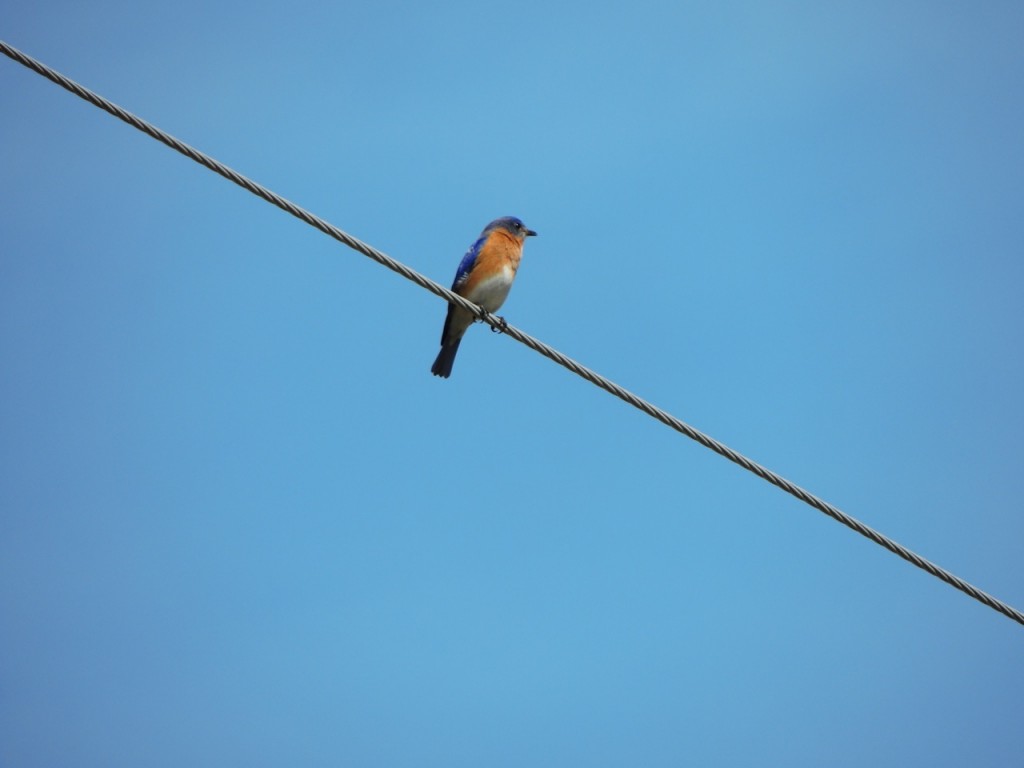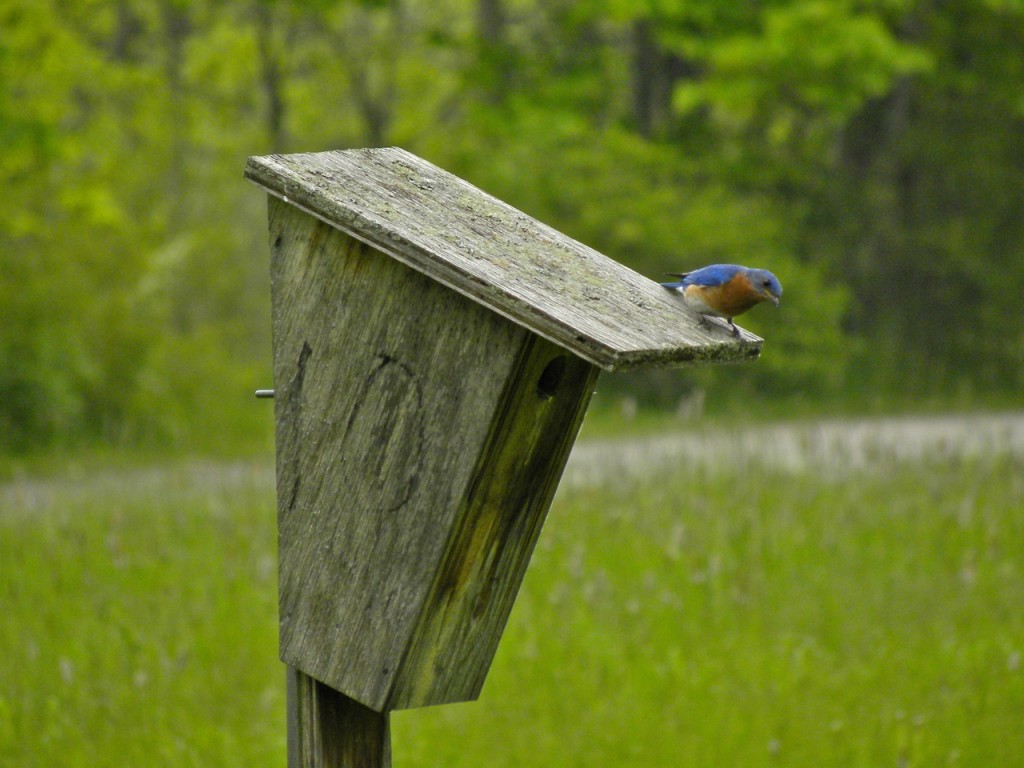Ancaster, ON. 25 October 2014. Baby-sitting three pre-school boys for a weekend doesn’t leave much room for birding; none really. But I managed to find a couple of hours, having previously agreed to join a group examining a tract of land which has recently become a restoration project.
Well, when we arrived, a southwest wind was blowing a gale and rain was threatening. With every gust, another branch was stripped clean and the air filled with tumbling leaves. A sky full of leaves is a betrayal, things airborne being the stock in trade of most birders.
We traipsed around the field, which the owner, a university, had forgotten it owned until just a few years ago. In the half-century or so that have elapsed since the land was acquired (and forgotten), this one-time farm fell victim to the march of European Buckthorn, an invasive species. Using undergraduate labour, the university is trying to restore the land to its original post-glacial, pre-contact state; chainsaws and bonfires are blunt but effective starts to the process.
We saw precious little in the way of bird life; everything with wings seemed to be staying out of the wind. But our day brightened considerably when we came upon a mixed-age flock of Eastern Bluebirds gathered in a sheltered valley; they were deservedly my Birds of the Day.
Eastern Bluebirds are widespread across the eastern half of the continent and are year round residents everywhere south of the Mason-Dixon Line. But we are well north of that line and our bluebirds are migratory, most of them anyway; a few sometimes overwinter. We often see these mixed flocks at this time of year and usually they’re loose, rambling groups. Just when you think there’s a dozen birds, more appear and then more again.
The sight and sound (they have a charming fluting call) of the bluebirds certainly brightened up a rather dreary outing, which was otherwise only punctuated by a wind-tossed Turkey Vulture, a solitary Red-bellied Woodpecker and a few robins and goldfinches.